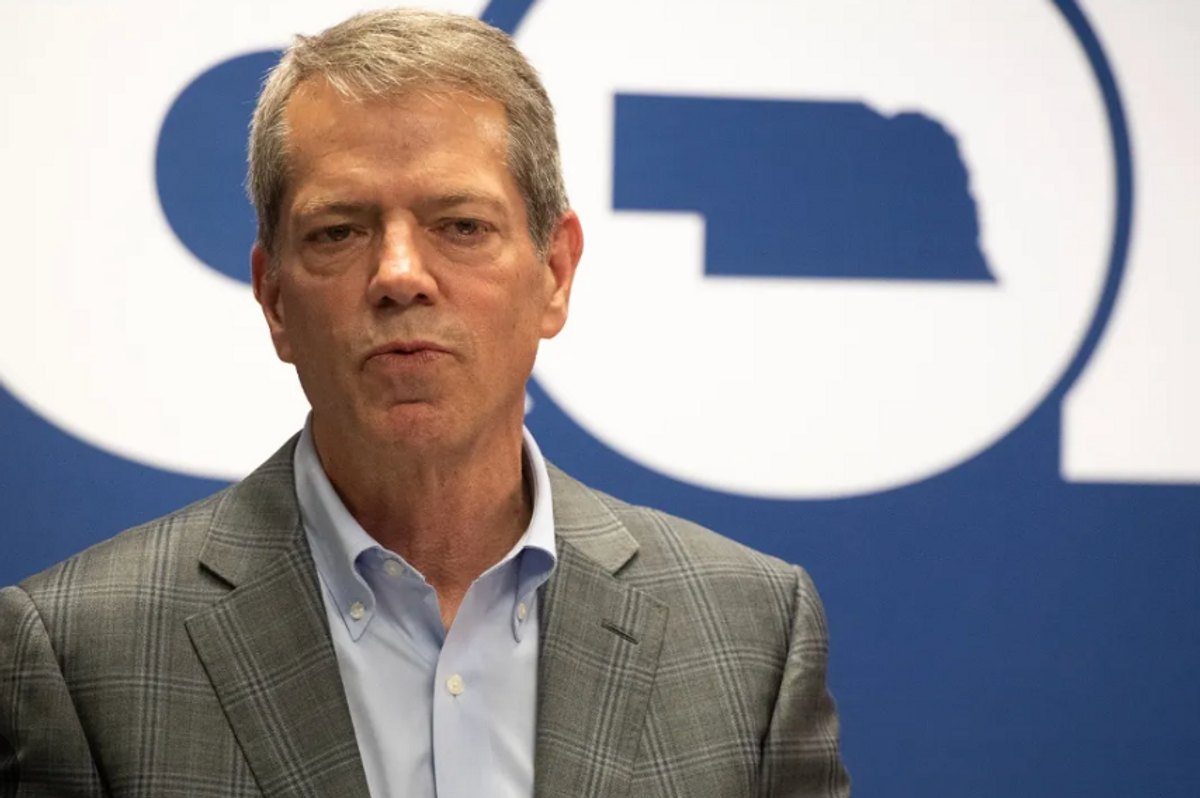April 24 (Bloomberg) — Most Californians would be surprised to learn that 100 percent of education’s share of the tax increase proposed by Governor Jerry Brown will go to pensions instead of classrooms. But that would be no surprise to longtime observers of the California State Teachers’ Retirement System, which administers teacher pensions.
Here’s why: After retirement, teachers are unconditionally guaranteed lifetime pensions by their school districts. Everything works out fine if Calstrs, as the retirement system is known, earns the investment returns it forecasts and from which upfront contributions are derived.
But if they fall short, school districts must make up the difference. Because of compounding, the failure to earn forecasted earnings translates into huge deficiencies down the road.
Unfortunately, “down the road” is where school districts are now. Because Calstrs has earned only 60 percent of its forecasted investment return since 1999, it needs school districts to boost contributions by more than $100 billion. Worse, Calstrs waited so long to seek more contributions that its request is now for an extra $4.5 billion a year, almost double the $5 billion a year it already receives in contributions.
School districts can’t come up with such a large amount of money without harming classrooms. And while they could defer the request (Calstrs has enough cash to meet current pension obligations for now), doing so would be very expensive because every year that a contribution is deferred increases the required contribution amount by 7.5 percent, compounded. For example, for every $4.5 billion not contributed now, more than $9 billion would be required 10 years from now. Thus it’s much cheaper, and much fairer to future generations, to increase contributions now.
That’s where the tax increase comes in. Under California law, schools get the first 40 cents of every dollar of state revenue. With the state forecasting new revenue of $7 billion from the tax increase, that means almost $3 billion a year for the schools to use for pensions, or two-thirds of the Calstrs $4.5 billion request. A good start to meeting pension costs, but none of the tax increase will benefit students.
How did the teachers’ retirement system get here?
In short, it failed to take Warren Buffett’s advice. In 1999, Buffett said that long-term investors, such as pension funds, should assume investment returns of roughly 6 percent a year, not far from the actual return earned since then. Had Calstrs used his figure for its projections of the fund’s growth, it would have required larger contributions from school districts, employees and the state, and Calstrs would be healthier now.
But the retirement fund’s board — made up of the state’s chief financial officials and others — chose to forecast much higher investment returns that, as Buffett later pointed out, implicitly predicted the stock market portion of the Calstrs portfolio to perform 10 times better than stocks did in the 20th century.
Even when presented with a chance to help fix the problem, the board declined. When I joined the Calstrs board in 2005, I pleaded with my fellow board members to forecast more reasonable returns and to seek higher contributions. But, seduced by rising home and stock prices and not unlike the boards of many Wall Street firms at that time, they turned a blind eye to investment history and kept forecasts high and contributions low.
To compound the problem, during the real-estate bubble the Calstrs board bet more on ever-rising home prices, even purchasing land for prospective development. Since then, it has earned less than zero on its substantial real-estate portfolio and, more important for the school districts on the hook for shortfalls, suffered a loss of more than 10 percent a year as compared with the return the fund must earn to meet its forecasts.
Calstrs is now so far behind its forecast that the stock market would have to be almost 2.5 times higher than it is today in order for the system to meet that forecast, and from that point would have to double every nine years to keep pace. As a result, 6 million schoolchildren will get no benefit from the proposed tax increase. Worse, unless accompanied by a systemic solution, the tax increase will simply mask the problem and enable it to grow.
The problem wasn’t caused by teachers, students, taxpayers or California residents. It was caused by politicians who made — and are still making — promises without contributing sufficient amounts to meet those promises.
It would be nice if we could just collect the shortfall from those politicians. But that isn’t possible. Solving the problem requires sacrifices from all Californians, which means some combination of the steps taken by courageous leaders in states such as Rhode Island and Colorado to address the source of their pension problems. Those steps include higher taxes, lower benefits for newer and current teachers with respect to years not yet worked, higher employee contributions and lower cost-of-living adjustments for retirees.
No pension problem is in greater immediate need of attention than the one at Calstrs. Unless addressed, more and more tax dollars will go to pension costs instead of to the classroom. In fact, not only would the proposed tax increase provide just two-thirds of the Calstrs request but a recent study from Stanford University says the system actually needs to triple, not just to double, its current contributions. That means even less money will make it to the classroom.
If children are to succeed in this very competitive world, they must receive a world-class education. In California, that won’t be possible so long as politicians continue to steal from them by refusing to address the single most important issue affecting school funding. Money from tax increases should make it to the classroom, and for that to happen, politicians must address pensions.
(David Crane, a former financial-services executive and a Democrat, is a lecturer at Stanford University and president of Govern for California, a nonpartisan government-reform group. He was an economic adviser to California Governor Arnold Schwarzenegger from 2004 to 2011. The opinions expressed are his own.)


